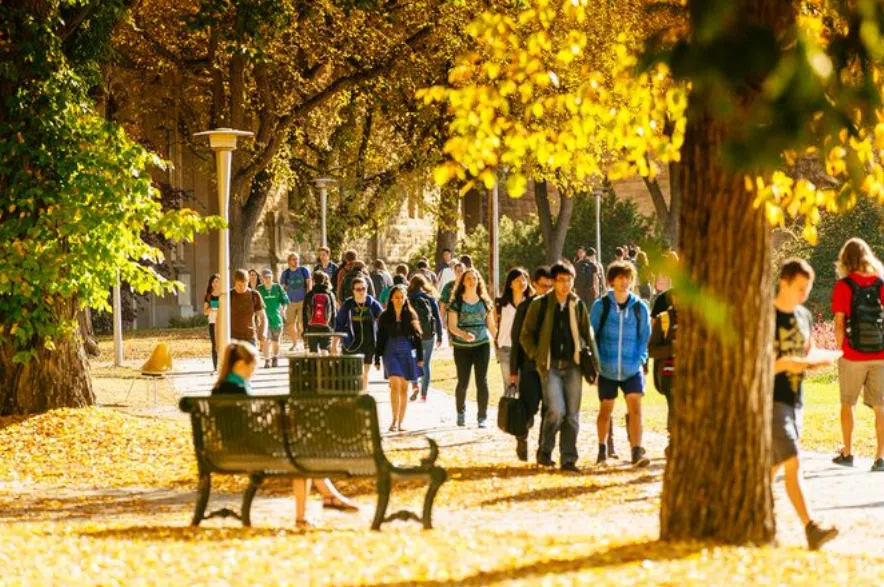While the full impact of a cap on international students in Canada remains to be seen, some of the post-secondary institutes in Saskatchewan expect it will be minimal here, considering how the province’s permit allocation compared to others.
Earlier this week, the federal government announced a further 10 per cent reduction in the intake cap on international student study permits for 2025. The new target is 437,000.
“The reality is that not everyone who wants to come to Canada will be able to — just like not everyone who wants to stay in Canada will be able to. Our immigration system must preserve its integrity and be well-managed and sustainable. And as we look forward, we will do everything it takes to achieve that goal and set newcomers up for success,” said Marc Miller, Minister of Immigration, Refugees and Citizenship.
Around 550,000 international student permits were issued in 2022, a 75 per cent increase from five years prior. The cap, to be allocated based on each province’s population, was initially announced in January as a means to curb the surge of international student enrollments and reduce pressure on already strained housing markets and health services.
There were also concerns that some Canadian institutions were exploiting higher fees to foreign students. The cap means more than 70,000 international student graduates could face deportation.
Read more
- Could a cap on grad students from abroad hurt more than help?
- International students will be allowed to work 24 hours a week starting in September
Jerome Cranston, vice provost for students and learning at the University of Saskatchewan, said he understands the federal government’s decision to implement the cap, but believes they overlooked the fact that each province has its own issues and strengths. In the case of Saskatchewan, he said there is ample room for growth.
“We do not have the same housing crisis that other places in the country are experiencing, but right now, the federal approach seems to be treating everybody the same, even though there are some distinct differences,” he said.
For example, Saskatchewan has fewer international students compared with other provinces. Ontario had previously attracted a large proportion of international students, which means the per capita allocation will result in more severe cuts there.
Thevi Pather, associate vice-president, International for Saskatchewan Polytechnic, told battlefordsNOW: “In the province, compared to the (international students) population proportion, we were around two per cent to three per cent. B.C. was around 27 to 30 per cent, so in that sense, it did not impact us in terms of having a cap.”
“In fact, the cap allows us to grow our numbers if the opportunity arises,” Pather said.
In April, the provincial government announced an agreement with Immigration, Refugees and Citizenship Canada to increase the allocation of new undergraduate or college-level study permits in Saskatchewan from 12,000 to over 15,000.
It takes into account the province’s historical acceptance rate and could result in a total of 7,200 study permits for the year.
“In Saskatchewan we have been responsibly building our international student program and are committed to providing the supports international students need to succeed at our post-secondary institutions,” Advanced Education Minister Gordon Wyant said.
“We appreciate IRCC increasing its allocation for Saskatchewan, as international students play a key role in maintaining economic growth and are a critical component to helping meet our labour market needs,” he added.
So while the cap will likely have no significant direct impact, what isn’t known is whether Saskatchewan will see an increase in foreign student enrollments because there are fewer spots available in places like Ontario and B.C.
Cranston said he’s also concerned about the damage the cap may have on international students’ impression of the country.
“Their biggest concern is they don’t know what’s coming next,” Cranston said. “From a student visa and postgraduate work permits perspective, the uncertainty of it is troubling.”
In the meantime, he said the university will continue to work with international students and post-secondary partners to create more opportunities for them.
“We are trying to put Saskatchewan’s needs first and are very open and inviting to international students, and that would be the position of the University of Saskatchewan,” Cranston said.
Pather also believes that despite the federal cap, international student growth will be favourable since Saskatchewan is still the most affordable province in the nation.
Read more











